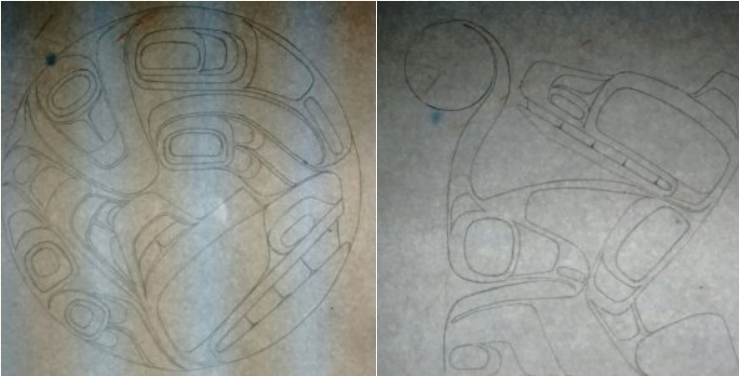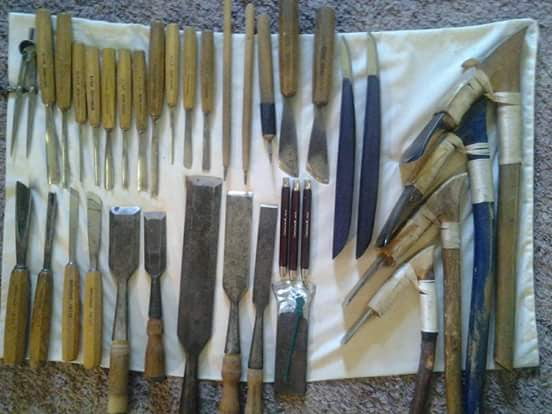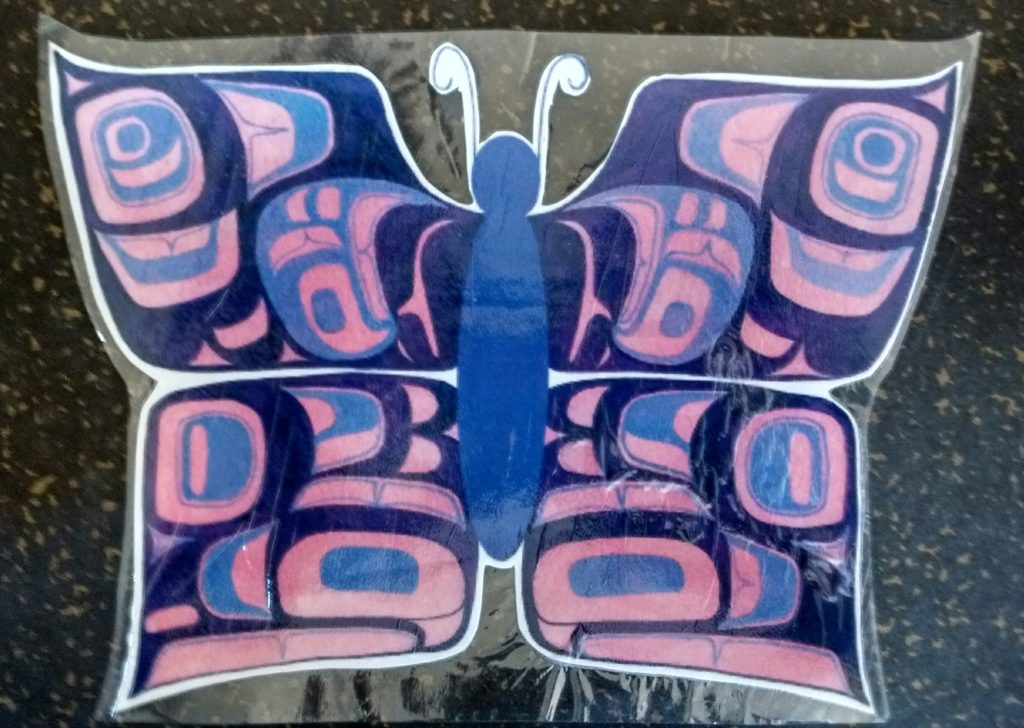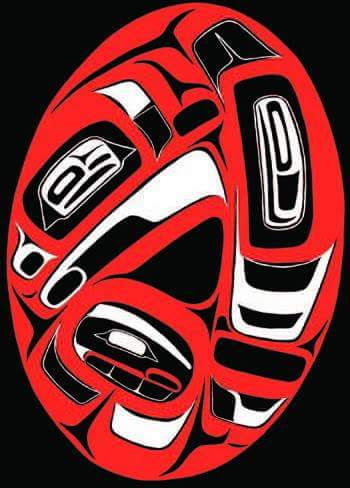October 16, 2018
By Casey Adams
When Bruce Cook, co-founder of the Northern Arapaho Artists Society, talks about art, he doesn’t spend much time describing what he’s creating. If you hadn’t seen it before, you probably wouldn’t recognize his piece on the wall. When Cook talks about art, he makes his process tangible and relatable: as gritty and exciting as it is for the artist.
“It’s like having a non-life-threatening disease,” he says of being an artist. “You never get well, but you always get better.”
But it takes work. Art demands time. Art is stacks of drafts that will never be seen, sketches whose only role is to lead the artist to that one piece that is celebrated. Art is innumerable pots of coffee, late nights, and early mornings.

“I don’t know how many reams of paper I’ve gone through just working on sketches … I can’t imagine how many pots of coffee,” Cook reflects. “Every one of those sheets of paper is a piece of time.”
Cook started his artistic career in Wind River Country watching his visiting uncle carve masks and jewelry from argillite. From that time, it was “just learn and learn and learn, and I wanted to do it more and more and more.” Cook progressed to sitting with a master in Alaska, then studying under a Seattle studio artist during the day and collaborating with another through the nights. He shifted gears to studying printmaking at Evergreen State College and then to taking commissions.
In 2008, Cook returned to the Wind River Indian Reservation, where he had first seen Haida art in the hands of his dad’s brother. Cook’s mother is Arapaho and his father Haida. The Wind River Reservation is occupied primarily by Northern Arapaho and Eastern Shoshone, so it’s no surprise a guest introduced him to Haida artwork.
“You don’t walk around Wyoming seeing what I do. You see a lot of Western art. You see a lot of plains style art and beadwork. You don’t see much woodwork.”

In fact, his art even escapes his own people—their words, anyway. Cook explained the Haida language doesn’t have a word for art. This writer relates: She doesn’t know how to put to typeset the ovoids, u-shapes, crisp and curved lines, and how they all fit together like a family of symbols and movements. Art like Cook’s makes us stand still for a moment, even as we watch the forms swim around the surface.
Cook credits a number of people with his accomplishments in the Haida art form. He is careful to give the full name of each artist he studied under and explain what he learned during that stage of his lifelong apprenticeship in the arts. Quotes about creating art pepper his explanations and anecdotes.
“You gotta find time to do art, but also find time to do the intellectual part of it and see what other people are doing and past masters,” he declared, demonstrating his passion leaves him no choice but to carve out the time.
Time is a precious commodity for Cook, who looks after his nearly 1-year-old grandson. His work is dictated by the wee one’s schedule. Fortunately, his dedication to the practice and eagerness to learn has led to swiftness.

“Back in the late ‘90s at a gathering of Pacific Rim people, I sat next to one of the best mask carvers in the world. Every day he’d be busting out a new mask. I was like, ‘what the hell,’ right? So, for 10 days I just watched him work. I realized there’s a few things you can do to get better and faster,” he reflected. The morning of this interview, Cook had started working on a new mask at 10 a.m. and it was halfway roughed in by 12:30 p.m.
In addition to that sizable mask he’ll finish before this article is published, Cook currently has about 15 pieces hanging on his wall, waiting to be shared with the world.
“But you can’t just show up at my doorstep,” he laughed.
Instead, he and a group of Wind River Country artists are working to create more opportunities to connect with audiences. The Native American Arapaho Artists Society, founded in 2012, is taking big steps toward exposing more of Wyoming and the country to their productions and stories. This shift is particularly important—and demanding—in the state. Cook notes that opportunities for professional artists are few and far between in this small state. Cook credits co-founder Robert Martinez as the driving force opening new doors for his fellow Wind River artists. In the past six years, the group has played a key role in bringing new and more shows to Wyoming and in bringing Wind River art to major shows across the U.S.
“I always wait until the week before and then I put my stuff in the show,” Cook joked. “Not really, I just say that to Robert and his face is always like—” he cuts himself off laughing.
Art is community and joy. Cook counts himself lucky to have found a group of colleagues and neighbors who elevate one another rather than competing. In addition to their mission and a fair share of laughs, Cook and Martinez, whom Cook characterizes as “a genius with color,” share an affinity for “crazy colors” and monotone themes.

Cook, Martinez, and the rest of the Northern Arapaho Society are making the time to curate a positive, educational conversation around Native American art. The conversation starts in Wind River Country, with a little boy who watched his uncle make something remarkable with his hands. With a grandfather making time to create and share his family’s art form. With a network of artists working for the recognition Native American art deserves and doesn’t always get.
On the other side of the mask, art demands time of the rest of us: Gaze. Hear. Share.
Posted in Notes From the Field